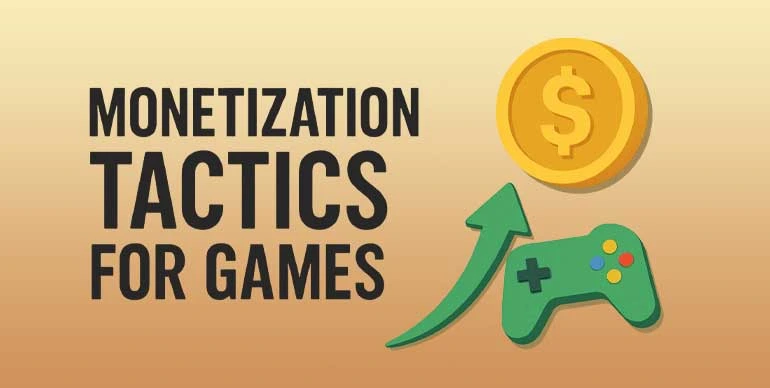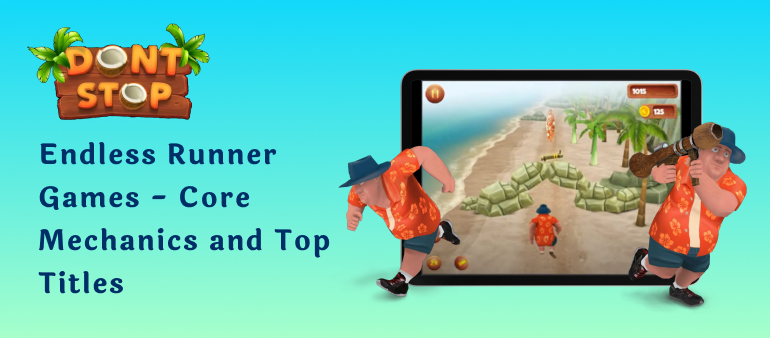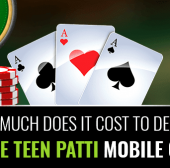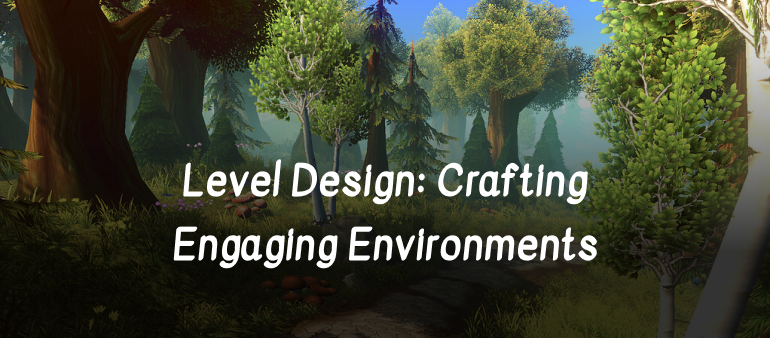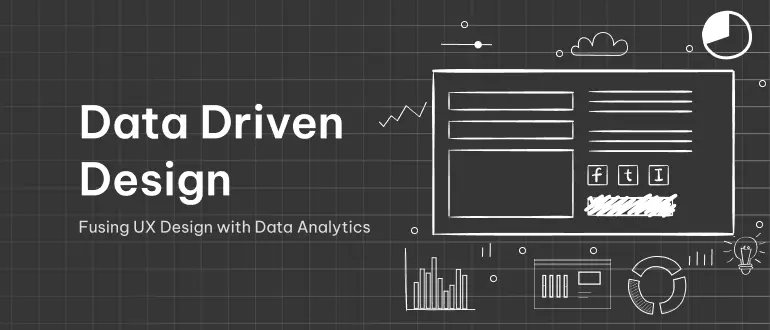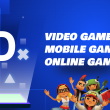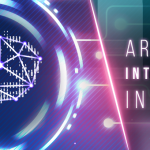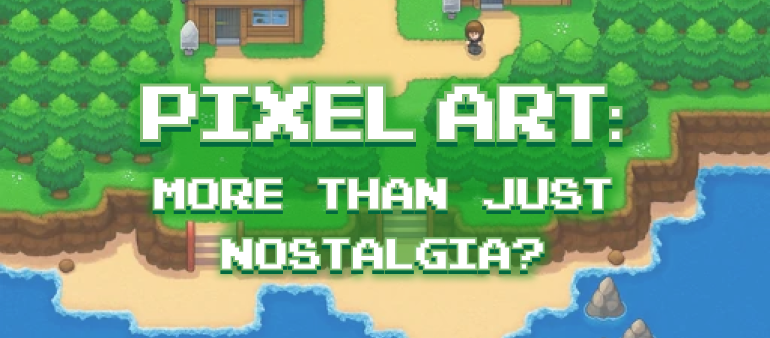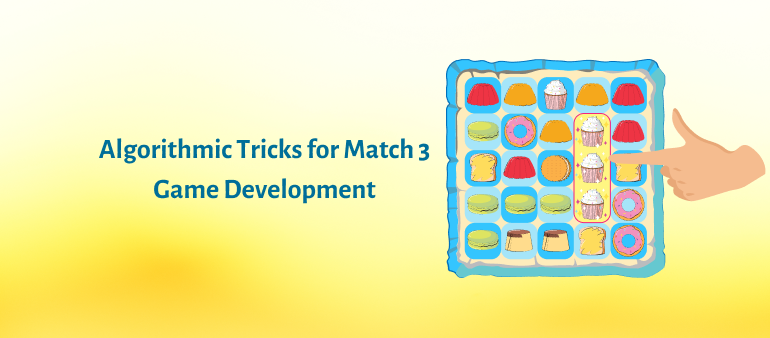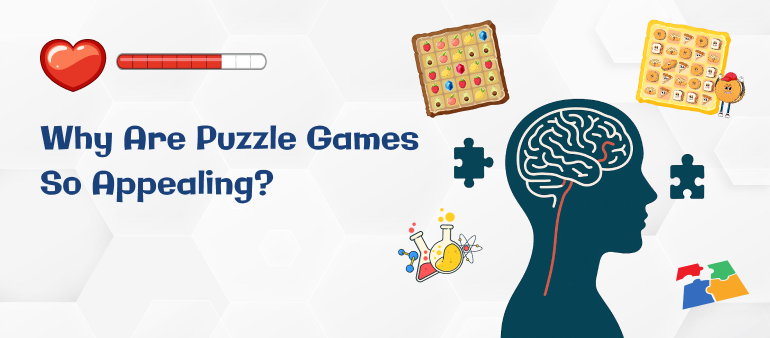You know that itch you can’t stop scratching? For me, it’s this question: Why do some games explode while others vanish into the abyss of the app store?
It’s maddening.
You see one game pull in millions with a simple tap mechanic, while another, arguably more polished, dies in obscurity. I keep circling back to it like a dog that knows it left a bone somewhere.
Here’s the honest pattern I’ve noticed: great games don’t win just because they’re great. They win because they know how to get players in and keep the lights on. It’s about acquisition and monetization. If you can master those two, you’re not just making games, you’re building a business.
So let’s zipline straight in: how do you pull players into your world and convince them to stay, spend, and come back the next day?
The Mirage of “Build It and They Will Come”
When I first started digging into this world, I fell into the same trap as most indie game app developers: believing that a great game is enough. Spoiler alert: it’s not.
The app stores are crowded, and players have the attention span of a goldfish hyped up on espresso. You’re not just competing against other games. You’re competing against TikTok, Netflix, YouTube, and every other dopamine slot machine on someone’s phone.
This is why acquisition matters. Building is half the battle; distribution is the other half.
Checklist for avoiding the “build it and they will come” trap:
- Accept that a great game alone won’t guarantee success.
- Study competitors outside of gaming-attention rivals like TikTok or Netflix.
- Treat marketing and distribution as essential parts of development, not afterthoughts.
At Logic Simplified, we build games that generate revenue in a jiffy. Share your game idea!
User Acquisition: Think Like a Party Host
Getting players is like hosting a party. You do not sit in your living room and pray that people come to visit. You mail invitations, tack up posters, and possibly even pay off a friend to bring his cooler.
In gaming, your “invitations” are:
App Store Optimization (ASO): App Store Optimization (ASO) is a must! Your app icon, name and screenshots are the party poster. Does it look fun, clean and enticing?
Paid Ads: Think of these as billboards on the highway. They get expensive fast, but when done right, they funnel in exactly the kind of players who will stick around.
Influencer Marketing: Remember that one popular kid who convinced everyone to show up at the lame party? That’s your streamer or TikTok creator. A single gameplay clip can fuel millions of downloads.
Referral Programs: The community enjoys recommending friends. Provide rewards within the game to encourage players to invite others and, instantly, acquisition becomes retention.
Real-world example: Clash of Clans built an empire on clever acquisition. Their cinema advertisements were like mini-movies, and they collaborated with YouTube influencers who presented raids in an informative and entertaining manner. The result? Millions downloaded simply to make out what the buzz was all about.
User acquisition checklist:
- Optimize your store page (icon, title, screenshots).
- Test several different ad creatives before ramping up spending
- Collaborate with artists who genuinely like your genre.
- Add referral mechanics that reward both inviter and invitee.
Retention: Don’t Just Fill the Bucket
Acquisition without retention is like pouring water into a leaky bucket. Sure, you’ll see some splash at first, but it drains away fast. Retention is making players feel that logging into your game tomorrow is not just an option. It’s a reflex.
Here’s how games pull that off:
Onboarding That Feels Like Play: If your tutorial feels like tax paperwork, you’ve already lost. The first five minutes should feel like the highlight reel of the game, not homework.
Daily Rewards and Rituals: Why do people brush their teeth every morning? Habit. Games that master retention build rituals - login rewards, daily quests, streak bonuses - make checking in a reflex. This is why endless runner games trend endlessly!
Social Links: Multiplayer clans, guilds, or even leaderboards play on our tribal nature. People don't play games for gameplay alone; their friends are what keep them in a game.
Progression That Matters: Players should always feel like the next milestone is within reach, and algorithmic tricks to that effect make a difference. That’s why XP bars, unlock trees, and collectible systems are so sticky. They whisper: “Just one more session.”
Real-world example: Candy Crush was a masterclass in retention. The levels started easy, hooked players with quick wins, then carefully escalated difficulty while dangling daily rewards and social bragging rights. It wasn’t just a game, it became a daily ritual for millions.
Checklist for retention:
- Design tutorials that showcase fun immediately.
- Build daily or weekly reward loops.
- Add social layers that encourage friendships and rivalries.
- Keep progression structured but achievable.
We are experts at game level design, with intelligent progression, for user retention. Curious?
Monetization: The Fine Art of the Money Request
This is where things get tricky. Players want games to be fun, not cash grabs. Developers want to eat. Striking the balance between fairness and revenue is like walking a tightrope.
The most successful games have found a way of making spending an option, yet enticing. Let’s break it down:
1. In-App Purchases (IAPs)
The classic model. Players can buy skins, power-ups, or progression boosts. The trick? Never let purchases feel mandatory. Cosmetic upgrades are gold here, people love flexing unique outfits or gear.
Did you know? Electronic Arts (EA), the company behind games like FIFA and Apex Legends, made about 5.46 billion US dollars last year just from selling extra content inside their games - things like bonus packs, skins, and updates that players buy on top of the regular game. This extra content brings in most of EA’s money, showing how much gamers spend on new features, items, or passes even after getting the main game.
2. Ads (When Done Right)
Nobody likes an intrusive pop-up ad every 30 seconds. But rewarded ads -“watch this for an extra life or double coins”- are a different story. They give players a sense of agency while keeping revenue flowing.
3. Subscriptions & Battle Passes
Subscriptions provide a consistent revenue and battle passes are the most brilliant combination of FOMO and progression. They are time-bound, rewarding and have the effect of urgency to continue playing.
4. Hybrid Monetization
Many of the top-grossing games mix and match. For example, a free player might watch ads, while a paying player skips ads and spends on premium skins. Both types are contributing to revenue in different ways.
Real-world example: Fortnite didn’t just invent the battle pass trend-it perfected it. Instead of nickel-and-diming players, Epic Games gave them an entire season’s worth of rewards for a single payment. Players didn’t feel exploited; they felt invested.
Hear this. Ubisoft made over €1.65 billion (about $1.8 billion) from digital game sales in 2025, which includes downloadable content, season passes, and in-game extras. Most of their money (87%) now comes from this digital content, not traditional boxed games.
Checklist for monetization:
- Keep core gameplay free and purchases optional.
- Favor cosmetic IAPs to avoid pay-to-win backlash.
- Use rewarded ads instead of intrusive ads.
- Consider subscriptions or battle passes for long-term stability.
- Offer hybrid options to capture both spenders and non-spenders.
The Honest Pattern of Hits
When you zoom out, a pattern emerges: the biggest games nail all three pillars - acquisition, retention, and monetization - in harmony.
- They invite the right crowd (acquisition).
- They keep them dancing all night (retention).
- They sell drinks without anyone feeling ripped off (monetization).
It’s not magic, and it’s not luck. It’s a deliberate system.
Checklist for building a hit game business:
- Master acquisition: get the right players, not just more players.
- Focus on retention: make habits, not just hype.
- Monetize fairly: let players choose how they want to support the game.
- Revisit and rebalance regularly-what works today may not work tomorrow.
A Final Thought
Every time I circle back to that itch - that frustration of why some games win and others vanish, be they card games, board games, or any other genre, I see the same answer: it’s never just about the game itself. It’s about the strategy around the game.
Players aren’t coins in a slot machine. They’re people with habits, attention spans, and wallets. If you respect those realities, you can build a game that doesn’t just get downloaded, but one that lives on people’s home screens for years. So the next time you wonder why your competitor’s simple puzzle game is topping the charts, remember: the secret isn’t just in the puzzle. It’s in the pipeline.
Logic Simplified is a Game Development Company with the finest, most creative game concept artists, 2D and 3D game designers, and UX designers. As a top game development company, we build multiplayer games with excellent player experiences, while decreasing server expenditures and maintaining equitable gameplay. Our clients value us for making games that help tick all the three boxes - acquisition, retention, and monetization. Get in touch with us at enquiry@logicsimplfied.com and share your game idea.
 Get a Quote
Get a Quote

